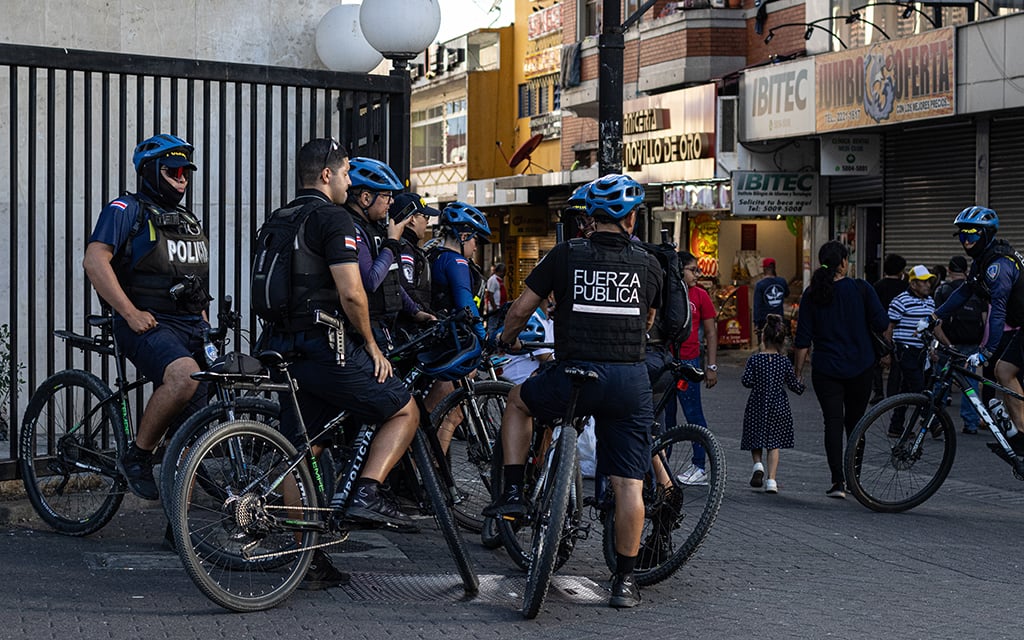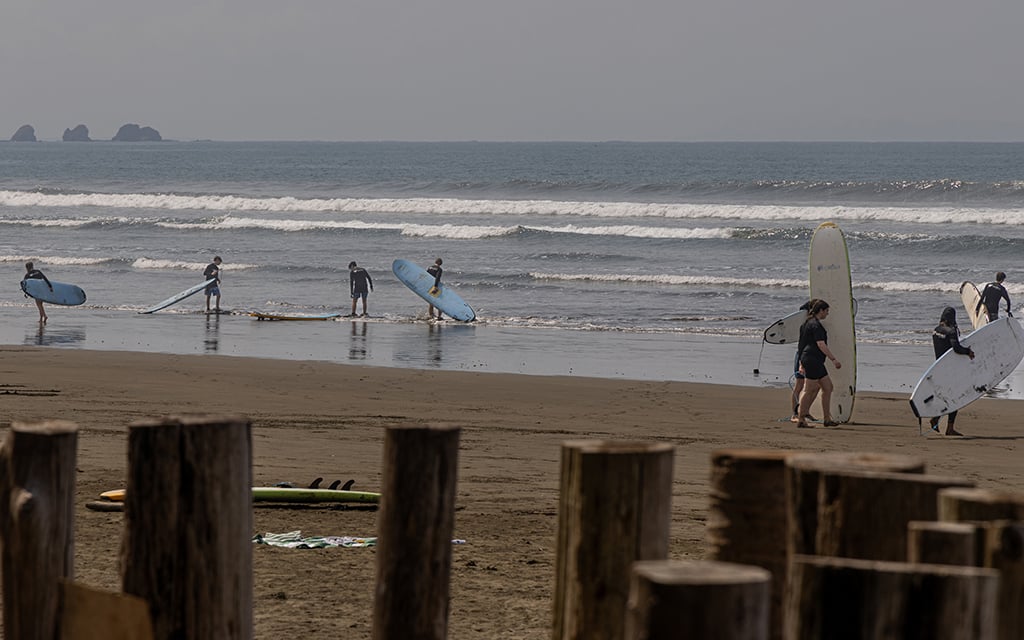SAN JOSÉ, Costa Rica — Dense jungles, pristine beaches, towering volcanoes, and a welcoming attitude toward visitors have caused tourists to flock to this peaceful nation for decades, but a wave of crime is now threatening paradise.
In 2023, Costa Rica welcomed 2.7 million visitors, according to the country’s Tourism Institute. Tourism has risen steadily since the end of the COVID pandemic.
The country’s reputation, however, is now being threatened by a rising crime rate due to an influx of illicit drugs and sharp rise in drug trafficking. Meanwhile, the fight against crime in Costa Rica is stymied by unprecedented migration flows, increased inequality and an understaffed police force.
According to Costa Rica’s Judicial Investigation agency (OIJ), there were more than 900 homicides in 2023— marking the most violent year in the country’s history. The murders were primarily attributed to narcotrafficking groups.
Mario Zamora, director of the Ministry of Public Safety, said the homicides are mainly carried out by members of criminal gangs fighting for territory, and typically occur in poor neighborhoods where the drug markets are stronger. He thinks that in the future it could have a disastrous effect on the two main sources of income for the economy: tourism and foreign investment.
“Costa Rica, as you know, is a country that has not had an army since 1949 and has been an extremely peaceful country since then, so there is a great social impact due to the increase in the homicide rate, and last year we had 906 homicides in a population of 5.2 million inhabitants,” Zamora said.
Esteban Rojas, a Costa Rica tour guide with more than 15 years of experience, said tourism is the main economic driver for the country.
“It’s a chain reaction. You have a hotel, but you need curtains, you need tomatoes and lettuce for breakfast. You need screws and cleaning products. Then for the tour buses, you need the tires and the mechanics. Then there’s the people that work in restaurants and cleaning,” Rojas said. “This applies to the big picture because once a location has money from tourism, other businesses emerge that have nothing to do with tourism. For example, all women who decide they now want to get their nails done because they have the money. That’s one of the main differences between tourism and other kinds of industries. It’s very social and stimulates the local economy.”
According to statistics from the Costa Rica Tourism Institute, approximately 163,000 people were directly employed by the tourism industry in 2023, accounting for 7.1% of the labor force. When considering both direct and indirect employment, the figure increases to around 490,000 individuals, or 21.3% of the labor force.
Costa Rica’s drug trade
According to officials at the U.S. Embassy in Costa Rica, part of the explanation for the rise in homicides is the increasing consumption of cocaine, particularly in the form of crack, and the competition among cartels to control the local drug market.
The revenue that the local drug trade generates has also become a principal driver of corruption, according to officials at the U.S. Embassy, adding to the country’s challenges.
Randall Zúñiga, director of Costa Rica’s Judicial Investigation agency (OIJ), attributes the rise of cocaine in Costa Rica to new technologies that have reduced the cost of production in Colombia.
“Before, in Costa Rica, one kilo of cocaine cost about $7,000. Right now, one kilo costs around $3,500 or $4,000,” Zúñiga said.
Coca crop production in Colombia and other countries has dramatically increased in the post-COVID era, resulting in more and cheaper cocaine, according to a report from the United Nations Office on Drugs and Crime.
“[D]rug trafficking groups have created alternative markets on route to the United States,” Zamora said. “Costa Rica previously had low cocaine consumption, and today, according to our data, we have more than 100,000 users.”






